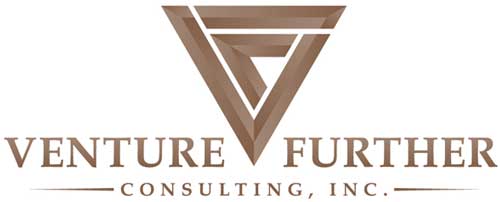
The Value Triangle: What’s It To You?
Consider the places you shop. Why do you choose each over its competitors? What value do you find there? Perhaps it’s the convenience of the location, competitive price, the items carried, past successes, or name recognition. All the various reasons consumers have for deciding to give their business to one company over another can be summed up in the terms: good, fast, and cheap. Or you may prefer more sophisticated terminology like: quality, time, and cost. Either way, the principle of these decision drivers is the same.
Enter the Value Triangle. This concept is not new, but it is important for you to understand as a business owner. At each point of the triangle resides one of the three fundamental decision drivers. As the triangle is rotated, the order of the points from top to bottom then reflects the order of priority between the three.
A construction shop owner I worked with, when taking on a new job, pointed to the triangle on the wall and said, “Pick two.” He knew he could deliver any twosome combination based on the client’s want, but needed the client to understand up-front that getting all three was unrealistic. Good and fast won’t be cheap; fast and cheap won’t be good; good and cheap won’t be fast.
To some extent, you’re likely already putting the Value Triangle into practice by influencing how consumers understand your business’s value in relation to your competitors. Essentially, “you should buy from us because we’re…”
Good, fast, and cheap are all relative based on what the customer is comparing it to and their preconceived expectation. This goes hand-in-hand with knowing your target market and how they shop. If one customer has a budget of $100,000, then $100 won’t be much. If another customer has a budget of $50, however, then $100 is a lot.
Here is where context is important! If you can effectively help your clients understand the value of organizing their priorities as you offer them and how they will benefit from the superior execution you provide of your top drivers, you will attract customers.
Unlike the construction shop owner, not every business can provide any combination desired. In fact, many businesses are specifically designed to deliver one particular order of priorities. If your company’s objective is to offer the lowest prices, then Cheap must inherently be the highest priority. Whichever driver (Fast or Good) then best enables you to deliver Cheap will tip the scale as the second priority.
Much to everyone’s disappointment, we can’t have all three – though we do try! No single business can be simultaneously the cheapest, fastest, and best without also being the only.
On the other end of the spectrum, it is also unrealistic to think only one value can be emphasized and the other two deemed of equal importance. If consumers want all three and are settling for two, they certainly won’t be attracted by the prospect of only one. By trying to split your focus evenly between two second level priorities, you won’t deliver excellence on either.
So where do you excel? Do you know why, and which, customers are using your services over your competitors? Are the values you’re delivering in line with those you’re advertising? How effectively are you communicating your value? Knowing which order best suites your company informs your business strategy, focuses your advertising, and improves customer satisfaction – assuming you deliver on your word! Contact Venture Further Consulting, Inc. today and let us help you dial-in the best Value Triangle array for you and your customers!



